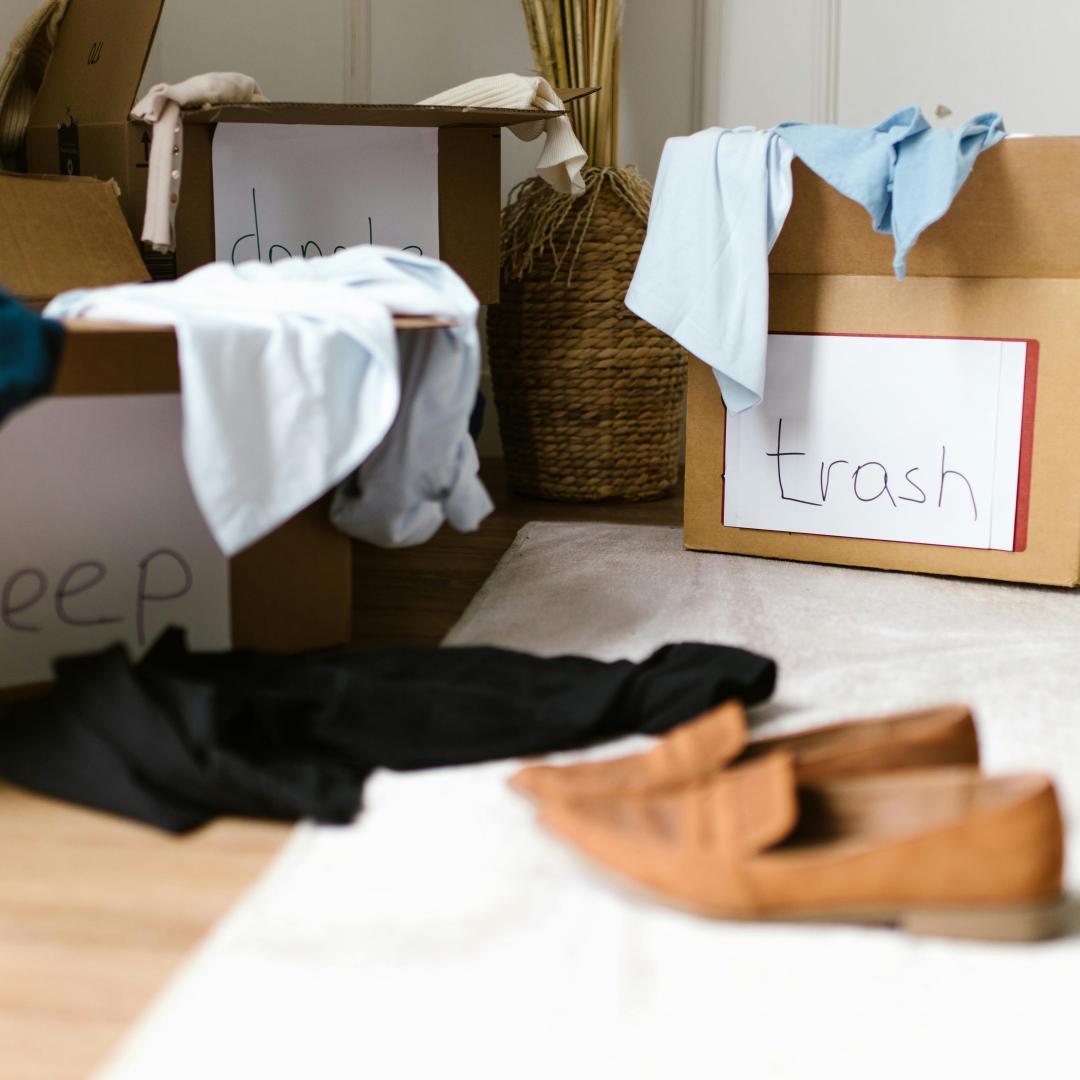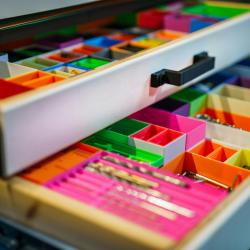Declutter and Donate: Best Practices
It's easy to accumulate more belongings than we truly need. Over time, spaces in our homes and offices can become cluttered with items that no longer serve a purpose or bring joy. Decluttering is not just about organizing your environment—it's also an opportunity to help those in need by donating what you no longer use. Here are some best practices to effectively declutter and donate, creating a more serene living space and a meaningful impact on others.
1. Set Clear Decluttering Goals
Before diving into decluttering, set clear, achievable goals. Determine which areas of your home need attention, and what you hope to accomplish. Are you looking to clean out your wardrobe, organize your kitchen, or tackle the garage? Having clear objectives helps keep you focused and motivated.
2. Categorize Your Belongings
As you go through your items, categorize them into three groups: Keep, Donate, and Discard. Be honest with yourself about what you truly need. If you haven't used an item in over a year, it's likely time to let it go. If it’s in good condition, consider donating it.
3. Research Donation Options
Research local charities, shelters, and organizations that accept the types of items you're looking to donate. Some charities focus on specific needs, such as clothing for homeless shelters or electronics for schools. Knowing where your items will go can make the donation process more rewarding.
4. Plan a Decluttering Schedule
Decluttering can be overwhelming if you try to do it all at once. Create a realistic schedule that allows you to focus on one room or category at a time. Dedicate a couple of hours each weekend or set aside time each day to sort through your belongings.
5. Consider the Condition of Your Items
When donating, ensure your items are in good condition. Clothes should be clean and free of stains or tears, and electronics should be in working order. This ensures that your donations can be immediately useful to those in need.
6. Get the Family Involved
Make decluttering a family affair. Teach children the importance of helping others by encouraging them to sort through their toys and clothes. It’s a valuable lesson in empathy and generosity, and it can turn decluttering into a positive family activity.
7. Keep Sustainability in Mind
While donating is an eco-friendly way of repurposing items, it's also important to recycle or dispose of items responsibly if they cannot be donated. Be mindful of sustainability during your decluttering process by reducing waste wherever possible.
8. Stay Committed to a Decluttered Lifestyle
Once you've decluttered, the key is maintaining an organized space. Be mindful of new items you bring into your home, and adopt a one-in-one-out policy. Regularly reevaluate your belongings to prevent clutter from building up again.
9. Reflect on the Impact
Take a moment to reflect on the positive impact of your donations. Remember that your efforts can significantly improve the lives of others, providing essential items to those in need and reducing environmental waste.
Decluttering your home not only creates a more peaceful living environment but also offers an opportunity to give back to your community. By following these best practices, you can transform your space and make a meaningful contribution to those in need. So, roll up your sleeves, start sorting, and experience the benefits of a decluttered and charitable life.






















